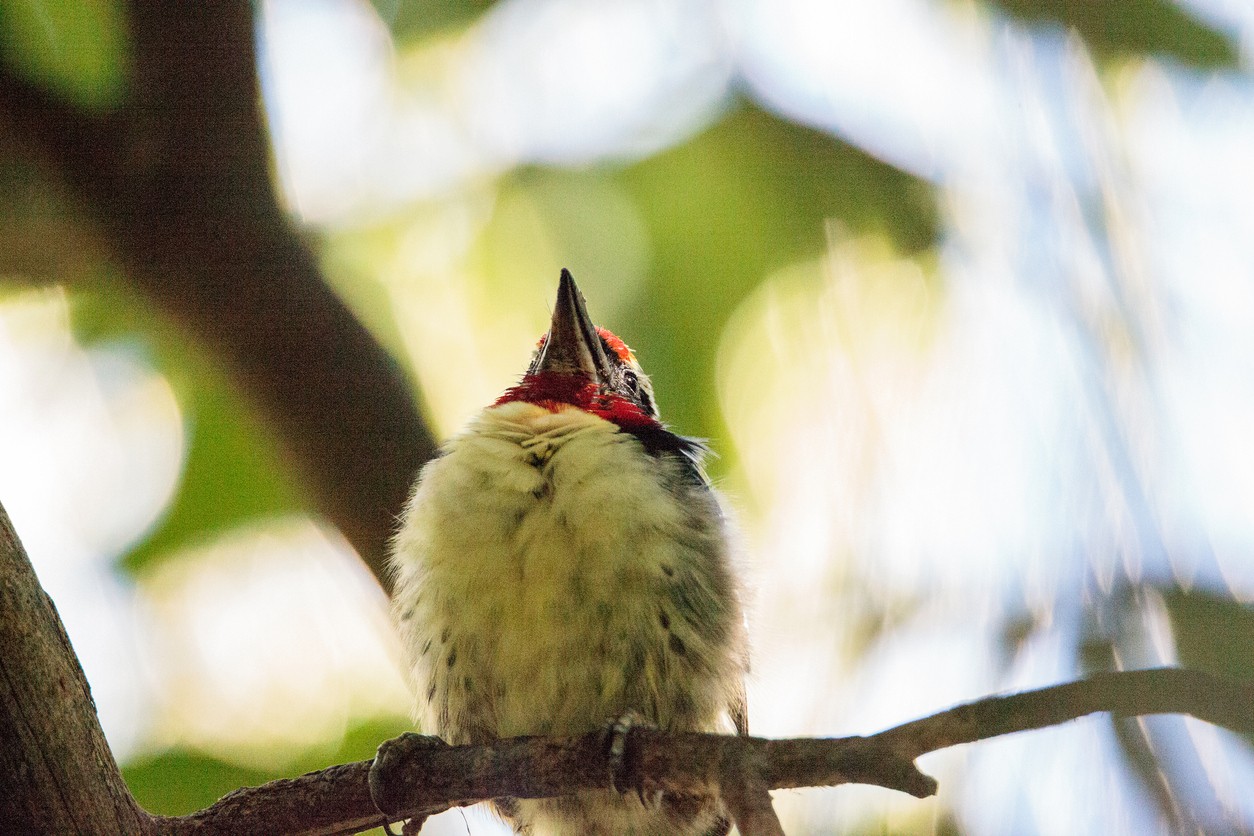Black-spotted Barbet
A species of Gray-billed New World Barbets Scientific name : Capito niger Genus : Gray-billed New World Barbets
Black-spotted Barbet, A species of Gray-billed New World Barbets
Botanical name: Capito niger
Genus: Gray-billed New World Barbets
Content
Description General Info

Description
The black-spotted barbet (Capito niger) is a species of bird in the family Capitonidae. It is found in forests in northeastern South America, ranging as far south as the Amazon River and as far west as the Branco River. Previously, it included the gilded barbet of the southern and western Amazon Basin as subspecies. As currently defined, the black-spotted barbet is monotypic. The western range limit of the black-spotted barbet is eastern Venezuela, mostly border areas, and to the south in Brazil's Roraima state, the bird is only found on the eastern banks of the south-flowing Branco River. The species only ranges north of the Amazon River, and is found in the northeast Amazon Basin in Brazil's states of Roraima, Pará, and Amapá, on the Atlantic coast bordering French Guiana. The black-spotted barbet's range is one contiguous region, centered on the Guiana Highlands, and the northeast Amazon Basin. 
Size
19 cm
Nest Placement
Cavity
Feeding Habits
Black-spotted Barbet primarily feeds on fruit, exhibiting frugivorous tendencies, but also includes invertebrates in its diet. It forages predominantly in trees, employing its strong bill to access food and showcasing a preference for a variety of fruits. Black-spotted Barbet has adapted to exploit these food resources effectively.
Habitat
The black-spotted Barbet dwells in diverse forested terrains, from lowland floodplain and terra firme forests to humid montane and mossy elfin forests. They adapt to environments that include riverine forests, second growths, forest peripheries, and occasionally in human-altered landscapes like gardens and plantations. This species inhabits regions within the northern Neotropics, ranging up to about 800 meters in elevation.
Dite type
Frugivorous
General Info
Feeding Habits
Bird food type

Fruit

